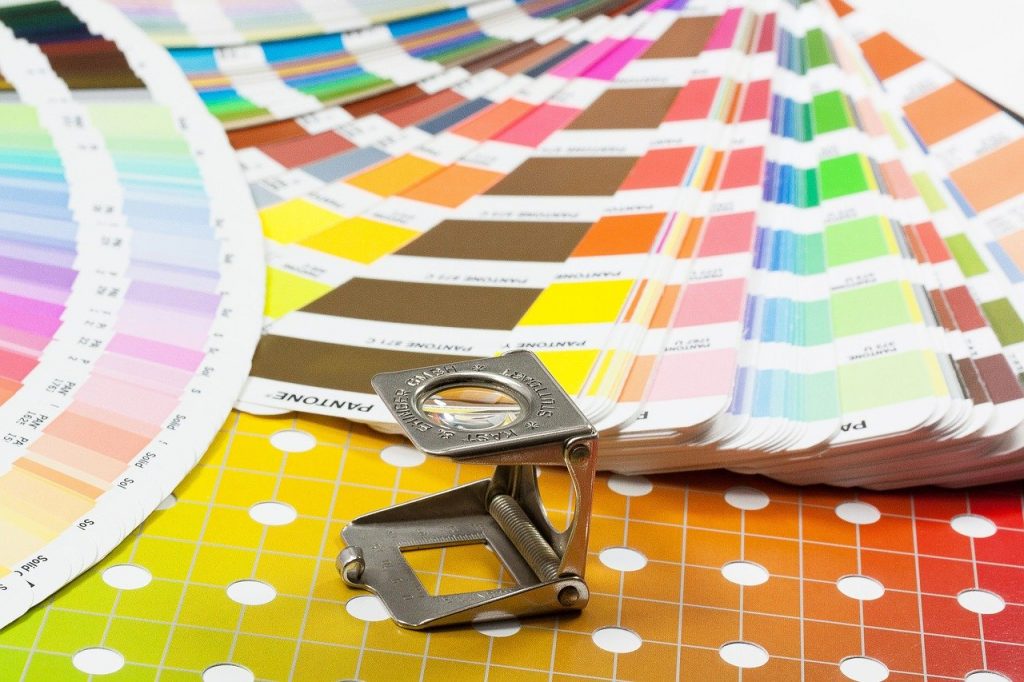For many looking to change things up around their home, it can be a bit difficult to know where to start. While it’s one thing to simply do some cleaning and reorganizing, things get tricky when getting a professional involved. Depending on who you go with, they may refer to themselves as an interior decorator or as an interior designer.
Is there a difference between the two; and if so, which do you need for your specific project?
A common misconception for many is the belief that “Interior Design” and “Interior Decoration” are one and the same. In reality, while there is certainly some overlap between the two, the titles are not interchangeable. As we get into each of the two, you’ll learn how to distinguish between the two and when to use the services of one over the other when making plans for your home or other interior location.
Interior Design (Thiết kế nội thất)
- JOB DESCRIPTION: When it comes to Interior Designers, they are primarily used for spatial plannings and designing and renovating an interior. This includes drawing the initial floor plans as well as adding any decorative accents to the location. They work alongside contractors and architects with the location to best suit the needs of their clients.
- SCHOOLING: When it comes to the difference between the two, it’s important to know the difference in their level of professionalism. For those labeled as an Interior Designer, the important factor that distinguishes it from decorators is that they require specific schooling as well as formal training. Their work usually involves studying different colors and fabrics, space planning, furniture design, architecture, various drawings, as well as computer-aided design (CAD) training. When graduating, designers will often initially apprentice under an established designer before starting their own enterprise.
- CREDENTIALS: To become a professional designer in many states, they are required to pass an exam as well as register with a governing council in their country or state. As this is largely dependent on a particular location, these credentials may not be required in every area. As such, it is important to research the local credential requirements in your area before starting your search.
Interior Decorating
- JOB DESCRIPTION: Whereas Interior Designers work alongside the architects when establishing the overall setup of the area, an Interior Decorator arrives after the area has been completed and, instead, focuses primarily on the visual look of the particular space. The job of a decorator is to bring in different color schemes, accessories, or furniture to an interior and to make it visually appealing. They work with furniture makers and upholsterers as well as homeowners and business managers when decorating a location.
- SCHOOLING: Compared to Interior Designers, which are required to go through schooling and training, Interior Decorators do not need any particular training or schooling. This is because they are primarily focused on the interior aesthetics as opposed to the overall structural or spatial planning of an area. While many may have a degree in a related field, it is not required.
- CREDENTIALS: While no schooling is required to be regarded as an Interior Decorator, there are numerous programs and courses available for those interested. These courses emphasize a focus on fabrics, colors, furniture styles, and room layouts. There are organizations such as the Certified Interior Decorators International (CID) that offer certifications to help authenticate and substantiate a particular practice.
Which Should I Hire?
Well, this largely depends on what you need done.
For structural changes (such as wall removal, interior wiring, adding new windows, plumbing, etc) it is important to get an Interior Designer. They can help with planning these changes while working directly with builders and architects.
For largely decorative aesthetic work (wallpaper, furniture style, lighting accessories, etc) getting an Interior Decorator is probably your best bet. Getting an experienced decorator is great for having a place that “flows” well together. These individuals are best at transforming a set room based on a client’s needs and desires and is most often the choice for the vast majority of interior projects.
In the end, however, it largely depends on the skill of the professional. Many designers spend most of their time working on decorating as this is what the vast majority of projects need. Similarly, there are a number of professional decorators that have, through enough experience, learned to work with contractors and builders to most effectively appeal to their client’s needs.
Before hiring either, it’s important to know what you are looking for. After knowing this, find a good professional with a proven reputation. While it is true that designers are for Thi công nội thất structural execution and decorators are for final touches, don’t be afraid to cross lines if one is more reputable than the other.
